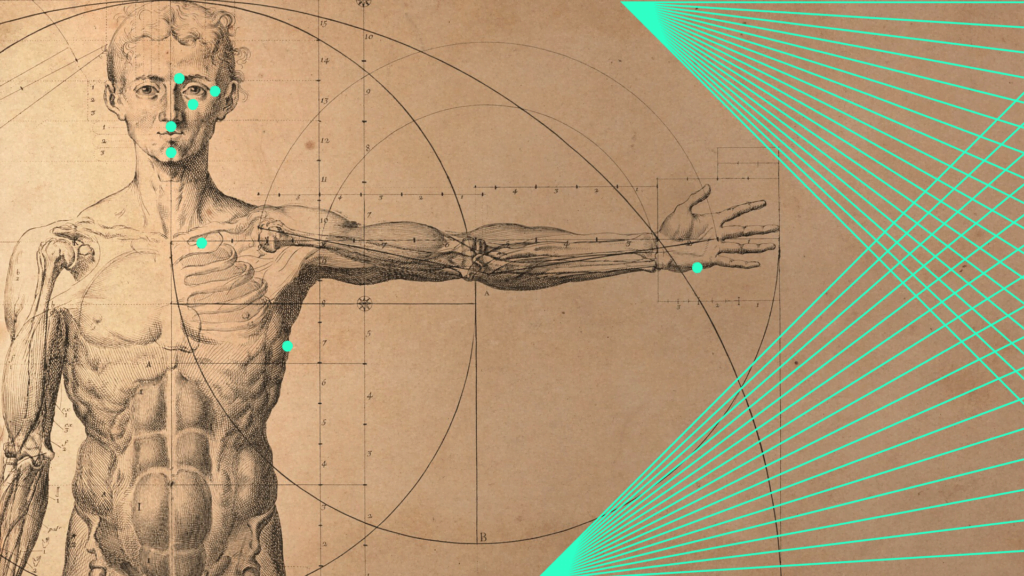Spiritual Awakening Anxiety: Why It Happens & How To Overcome It
Spiritual awakening is often thought of as a glorious and mystical event full of bliss and happiness. And yes, that can be true. But the truth is that a spiritual awakening can leave you feeling anxious beyond belief. The path to awakening is NOT as easy and glorious as you might initially think. Yes, the process will eventually lead you to a better version of yourself and a better understanding of reality. But it will also be reality shattering. And let me tell you, reality shattering experiences can be mistaken for reality ending experiences. I’ve spent several sleepless nights dealing with the mind, body, and reality altering effects of spiritual awakenings. If you’re experiencing heightened anxiety from a spiritual awakening know that you’re not alone in this experience. With time you will come back to a normal state of mind. Understanding Spiritual Awakening Anxiety: Normal or Not? Let’s first determine if this is normal anxiety or spiritual awakening anxiety. Anxiety isn’t a single factor phenomena, meaning lots of things can trigger it. Not just spiritual awakening. Anxiety is characterized by: Having just these symptoms alone doesn’t mean you’re going through spiritual awakening anxiety. If you’re already prone to anxiety your spiritual awakening may just be exacerbating already present symptoms. However if you recently had a spiritual awakening and these symptoms are directly stemming from that experience, you’re most likely going through spiritual awakening anxiety. Identifying the Two Types of Awakenings To know how to work through your spiritual awakening anxiety you must know about the two main types of awakening: 1. Consciousness breakthroughs – spiritual awakenings that occur from heightened states of consciousness forcing you to see reality from a completely new paradigm. 2. Energetic awakenings – activation of powerful spiritual energy in our body such as kundalini awakenings and chakra opening. Both of these types of awakenings can cause anxiety. The first type of awakening (consciousness breakthroughs) will most likely cause general feelings of anxiety, fear, and uncertainty over your life and reality. While the second type of awakening (energetic awakenings) can be mistaken for full blown panic attacks. The symptoms of a kundalini awakening and a panic attack are nearly identical: If you believe you’re going through an energetic or kundalini awakening see my guide to handling an unexpected kundalini awakening. Why Spiritual Awakenings May Cause Anxiety 1. Surges Of Divine Energy Certain types of awakenings can create a lot of divine energy in your body. Energetic awakenings can be incredibly unsettling if you’re not expecting one. The sudden surge of Shakti energy through your body can be an unwelcome surprise to many. Some negative symptoms from this type of awakening include: Learn more about Kundalini Syndrome here. 2. Your Ego Is Dying One of the most terrifying experiences of spiritual awakening is ego death. Ego death is a very common experience during psychedelic use, but can happen for any number of reasons. Your literal sense of self is under threat of death. As you wake up, your ego starts to dissolve. But it won’t go down without a fight. This ego resistance causes fear and anxiety because it does not want to die. It’s important to realize this fear is all an illusion. Once the ego is finished off once and for all there lays only peace, love, and unity. 3. Awakening Can Be Shocking Some spiritual realizations can turn your world upside down. Everything you once thought to be true is now turned on its head. Insights realized from spiritual awakening can be reality-breaking. You may be forced to come face to face with a new reality that you weren’t expecting or even thought possible. These intense perspective shifts can cause a lot of personal and mental distress. 4. Heightened Sensory Perception Spiritual awakenings can put you into a state of high sensitivity. You may be vibrating at such a high level of divine energy that your consciousness is extremely sharp. Sights, sounds, and feelings can become overwhelming as you’re able to tune into every little detail with your heightened awareness. This can easily overload your brain and cause anxiety. 5. Healing Past Trauma Sometimes profound spiritual experiences will bring up past traumas that need to be healed. This is especially the case during difficult psychedelic trips. Though they may be extremely distressing, it is for your greater healing. To transcend into your highest self you need to dissolve many things holding you back. One of these things may be traumas. When traumas arise to be worked with and healed you may feel a lot of anxiety and resistance. See also “Struggling With Spiritual Awakening? Why It Can Be Lonely And Hard” Understanding Psychological Distress and Spiritual Awakening The #1 cause of spiritual awakenings happen to be psychological distress. Spiritual awakenings don’t just happen when we’re happy and cozy in life. They often hit us during our lowest points like a life preserver thrown to a drowning sailor. Spiritual awakening is the mind’s last resort in many cases. Life can get so painful that a break from reality is actually necessary. According to a research survey by Steve Taylor, psychological turmoil causes spiritual awakening more than anything else. More than prayer, meditation, and even psychedelics. Anxiety, distress, and psychological turmoil are often intertwined with spiritual awakening experiences. Spiritual awakenings and their reality-altering effects may offer some relief to those suffering from mental distress. But if your spiritual awakening experience is causing you extra anxiety there are a few things you can do to help. Coping Strategies For Awakening Anxiety The anxiety you encounter during your spiritual ascension is all part of the process. It will not harm you, it’s just really really uncomfortable. It’s important to realize that you’re not actually in any danger. You may feel like something dangerous is happening inside your mind or body, but I promise you will be okay. Let’s talk about how you can best deal with this awakening anxiety. 1. Surrender The first piece of advice
Spiritual Awakening Anxiety: Why It Happens & How To Overcome It Read More »





